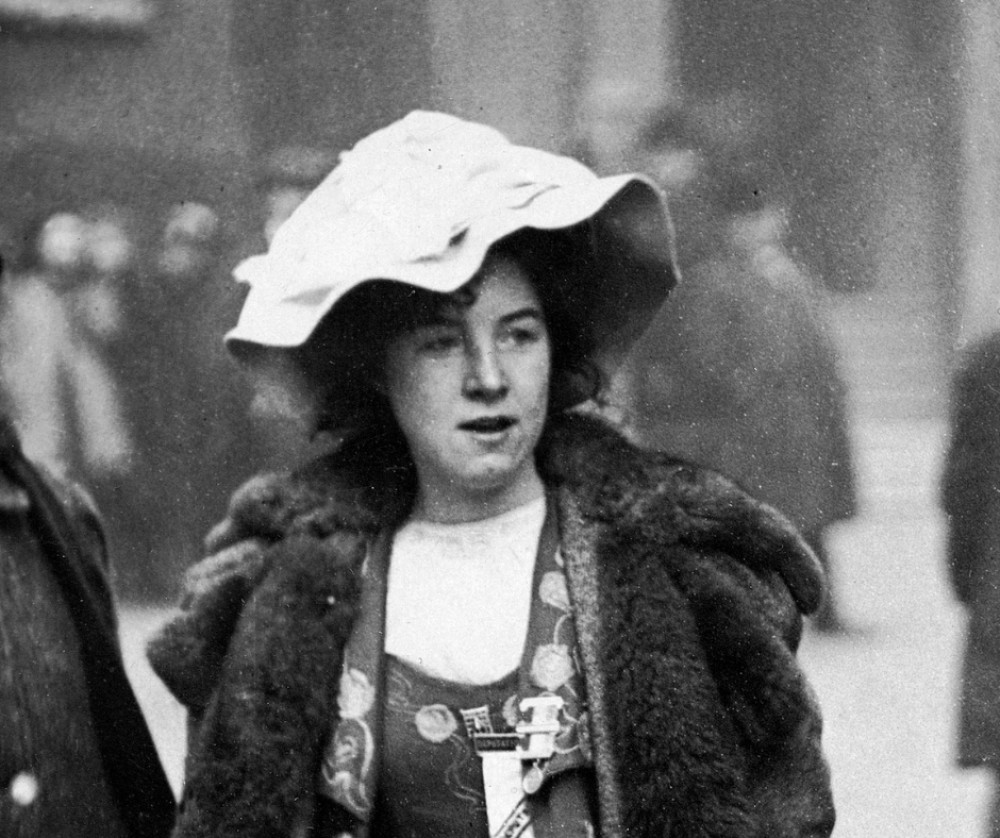Suffragette who smashed windows for the vote was jailed in Shepton Mallet prison
By Laura Linham 3rd Jun 2025
By Laura Linham 3rd Jun 2025

Among the many who passed through the gates of Shepton Mallet prison over its 400-year history was one of the suffragette movement's fiercest campaigners — Mabel Henrietta Capper.
Capper, who joined the Women's Social and Political Union (WSPU) in 1907, was no stranger to a prison cell. But in November 1911, at the age of 23, she found herself locked up in Shepton Mallet after smashing windows at Bath's New Bond Street Post Office during a protest.
The act of vandalism — carried out with a hammer — was a direct response to being banned from attending a speech by then-Chancellor David Lloyd George in Bath. Suspecting his proposals on voting rights would fall short, Mabel took matters into her own hands. She broke four panes of glass, was swiftly arrested, and brought before the Mayor and Magistrates at Bath City Police Court.
Faced with a fine of £5 18s 1d — a hefty sum at the time — she refused to pay and was sentenced to one month at His Majesty's prison in Shepton Mallet, serving time in the 2nd Division, a category for political and non-criminal offenders.
The prison register from 1911 describes Capper as just over 5 feet tall, of superior education, and already a veteran of the suffrage struggle with four previous convictions. She would go on to be imprisoned six times and was among the first suffragettes to be force fed while on hunger strike.
Capper's activism began in Manchester, where she was born in 1888 into a politically active family. Both her parents were suffrage supporters — her father William was honorary secretary of the Manchester branch of the Men's League for Women's Suffrage, and her mother Elizabeth was a suffragette.
After early organising work with the WSPU in Manchester, Mabel moved to London in 1908, joining high-profile actions including a rush on the House of Commons alongside Emmeline and Christabel Pankhurst. She was jailed in Holloway Prison and later arrested again for disrupting a speech by Lloyd George in Limehouse in 1909, alongside Mary Leigh and Emily Wilding Davison.
Her political work continued until 1913, when militant suffragette activity paused following the outbreak of the First World War. Capper went on to join the Voluntary Aid Detachment, supported pacifist movements, and later became a journalist at the Daily Herald. She married writer Cecil Chisholm in 1921 and died in 1966, aged 78.
Although she didn't live to see the full historical legacy of the suffrage movement, her contribution has not been forgotten in Shepton Mallet. In 2021, her story was brought to life as part of a special display in the former prison, now closed to the public, featuring a scale model and interpretation space in the C-Wing where she once served time.
It was a fitting tribute to a woman who never backed down — and who helped pave the way for the Representation of the People Act in 1918, which gave women over 30 the right to vote. By 1928, that right was extended to all women over 21, putting them on equal terms with men.
More than a century on from her sentencing, Mabel Capper's legacy remains locked into the story of Shepton Mallet — a reminder of the price some paid for progress.
H/T: Inside Times
CHECK OUT OUR Jobs Section HERE!
Shepton Mallet vacancies updated hourly!
Click here to see more: Shepton Mallet jobs
Share:










